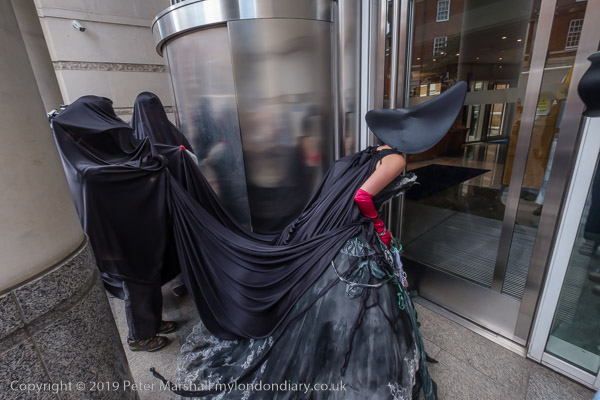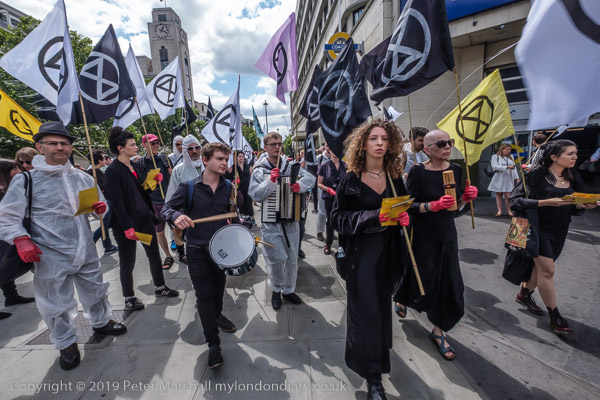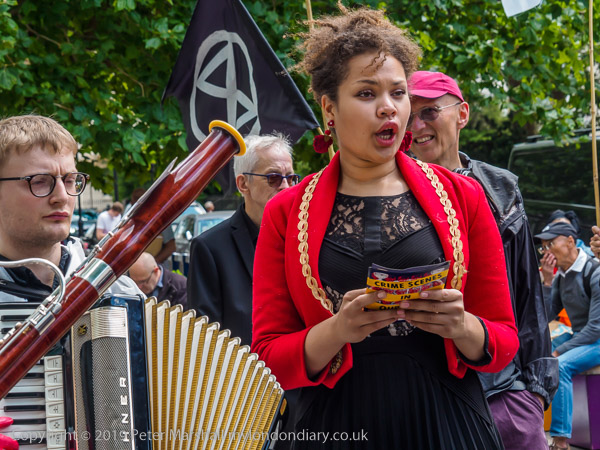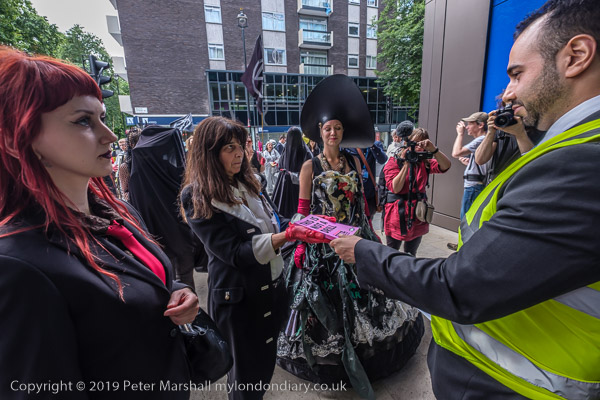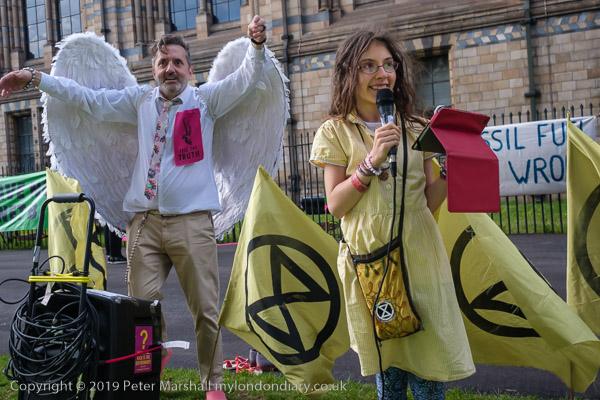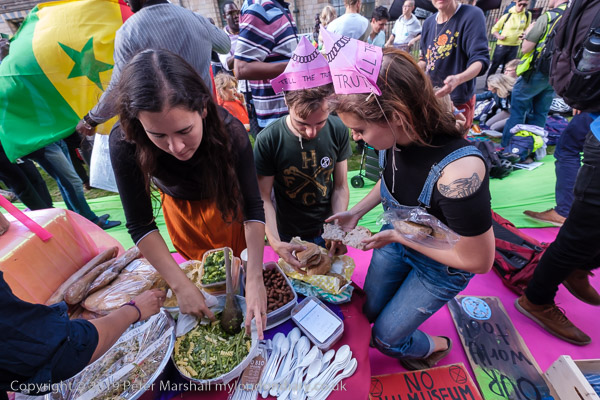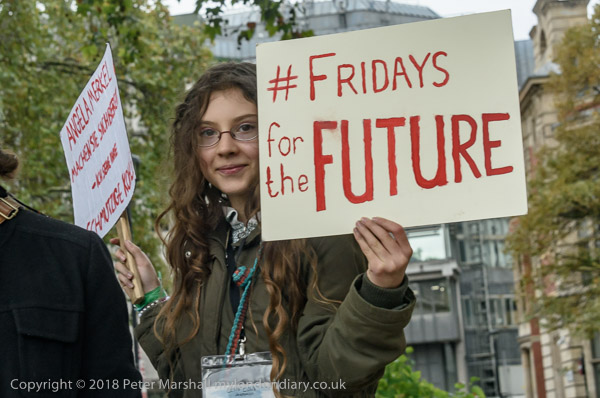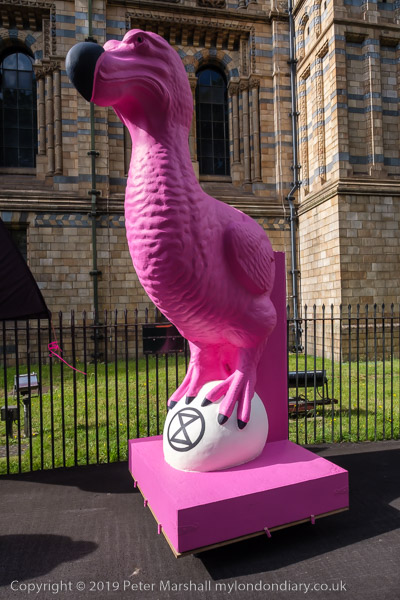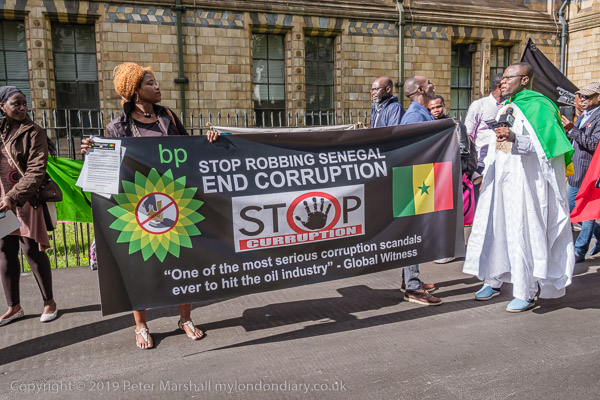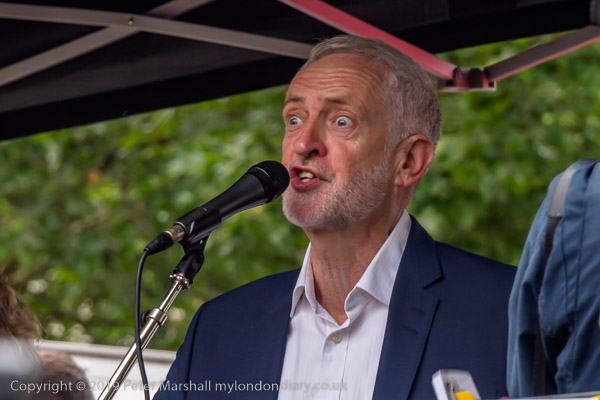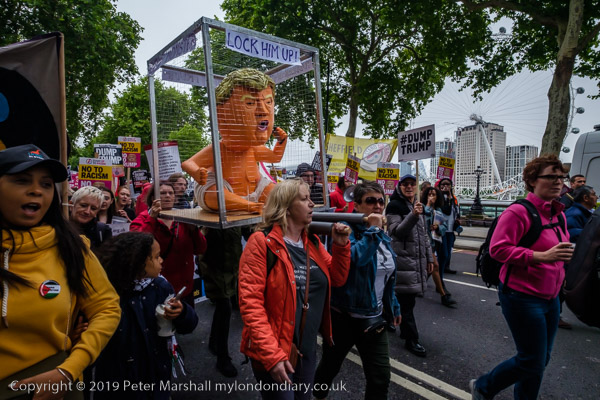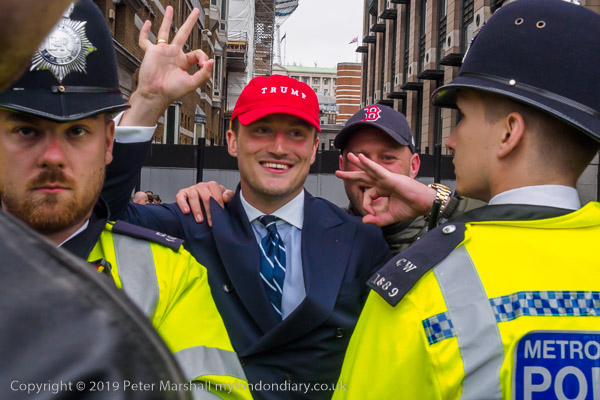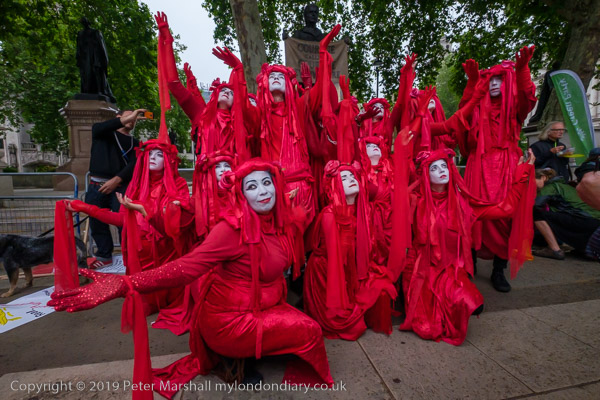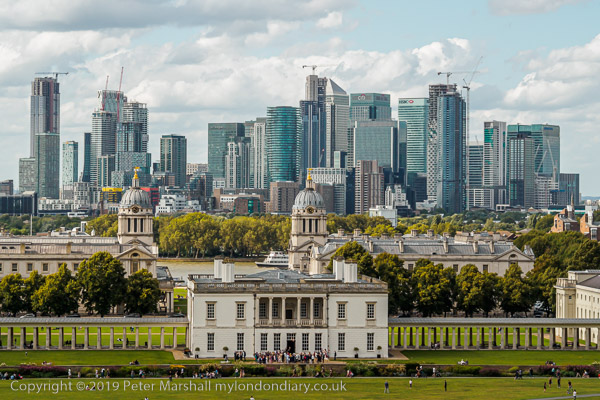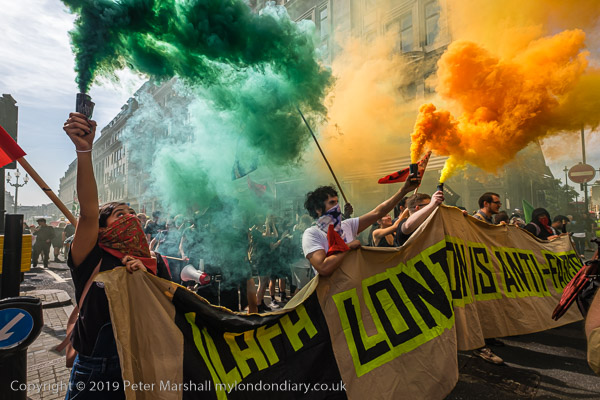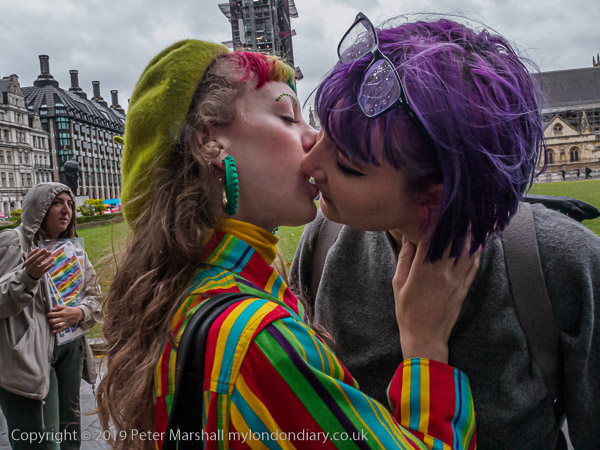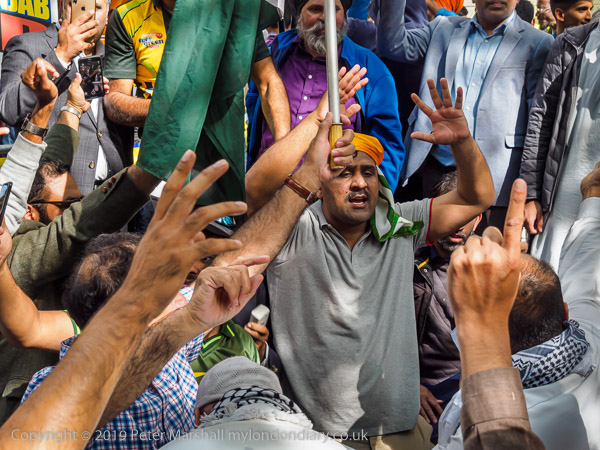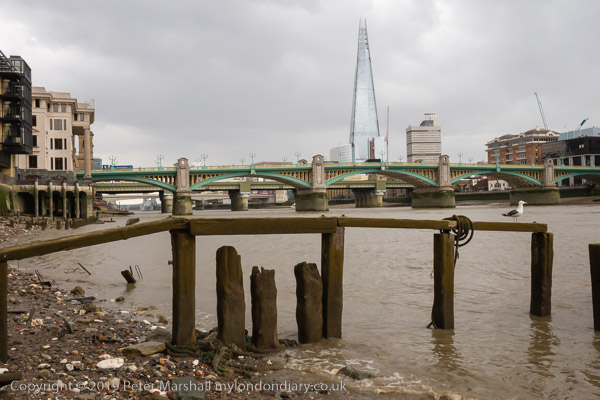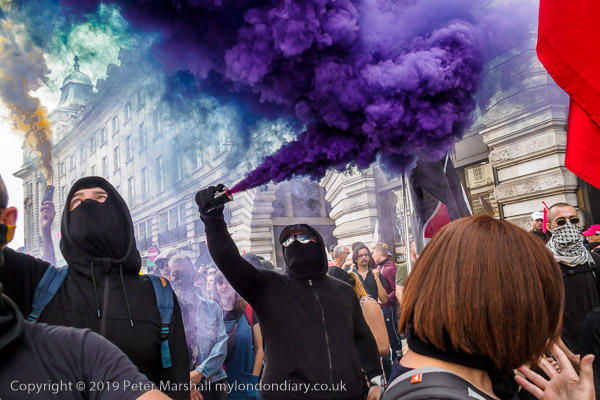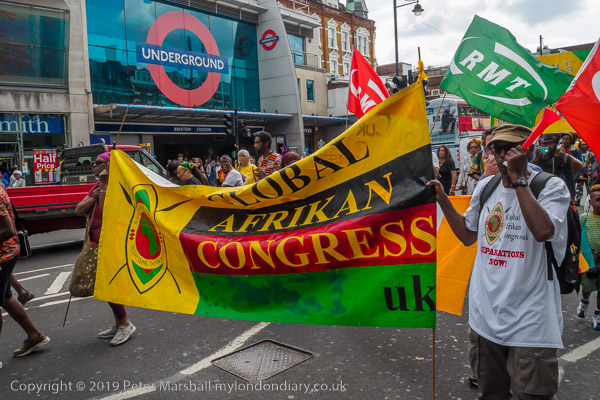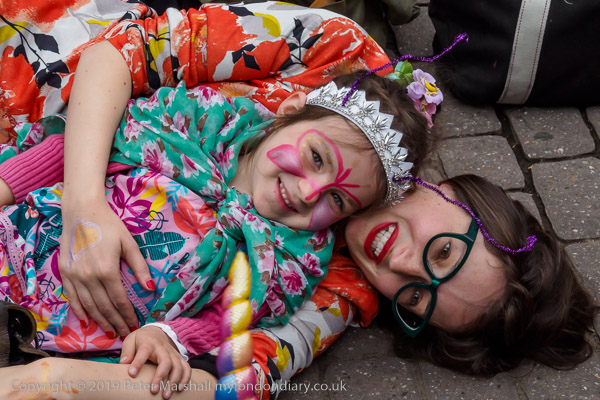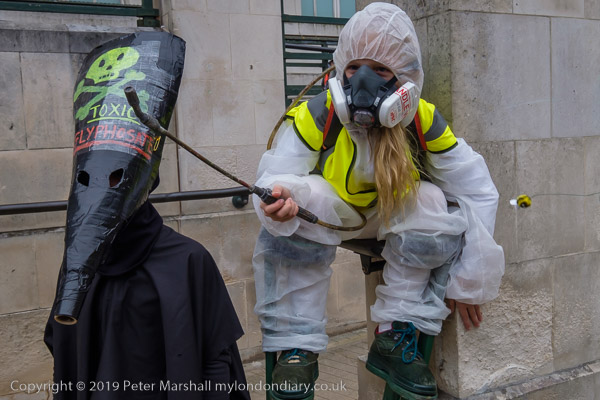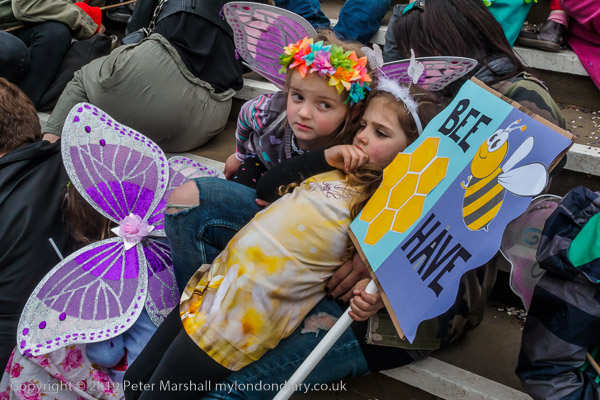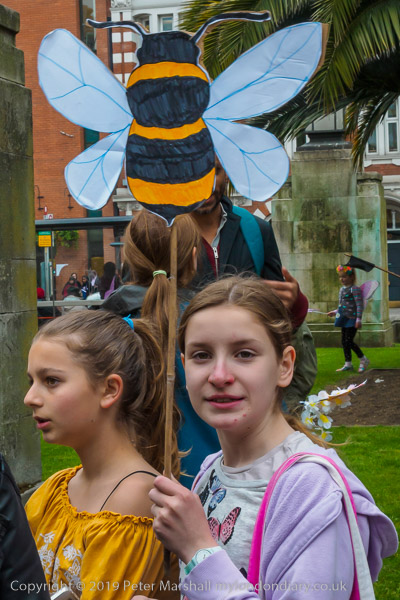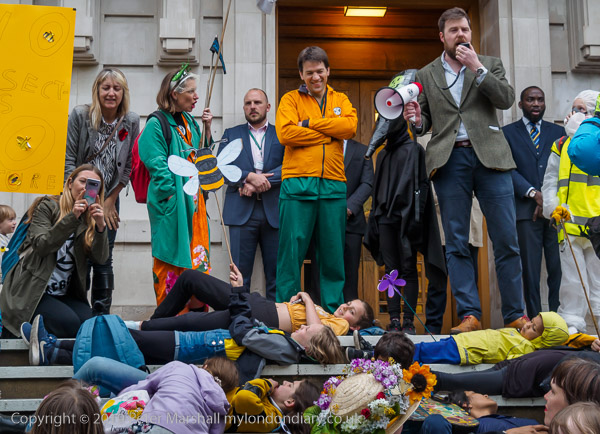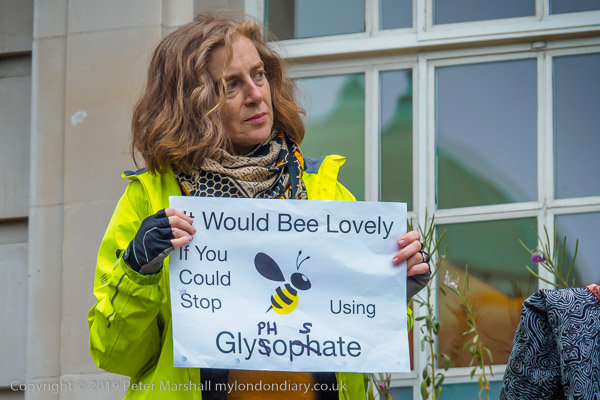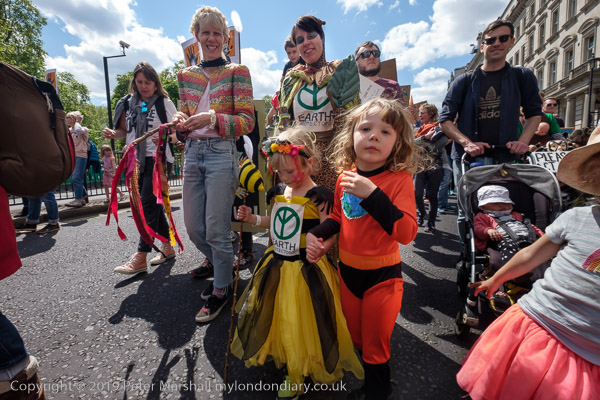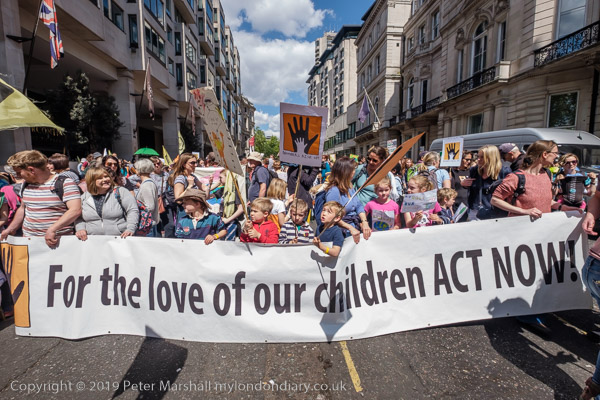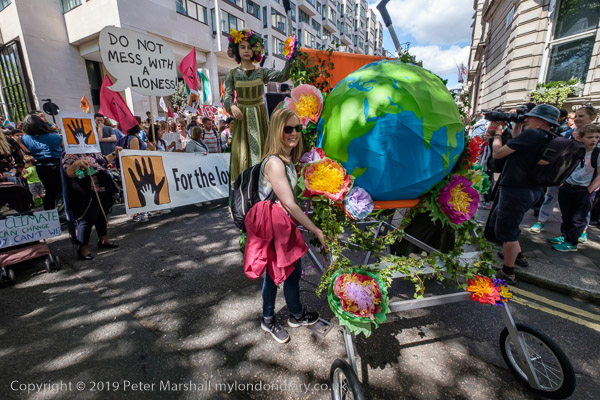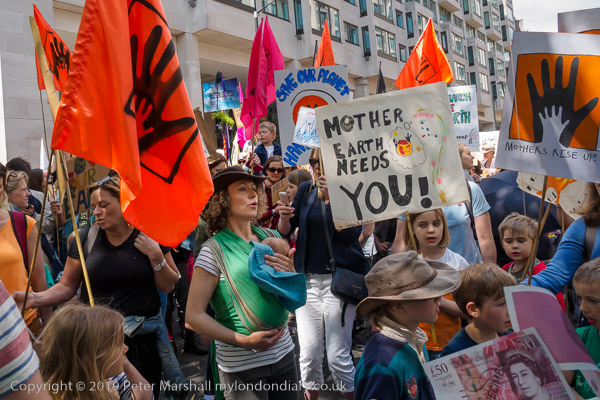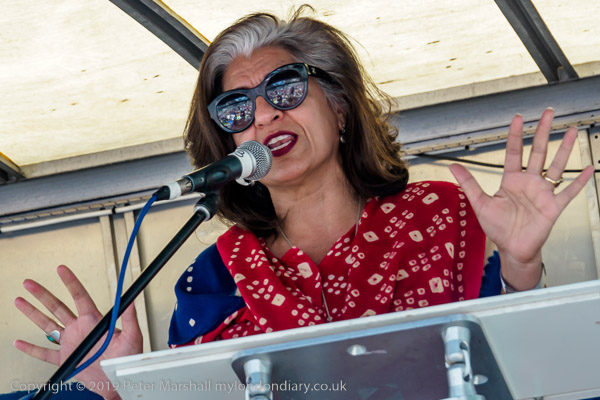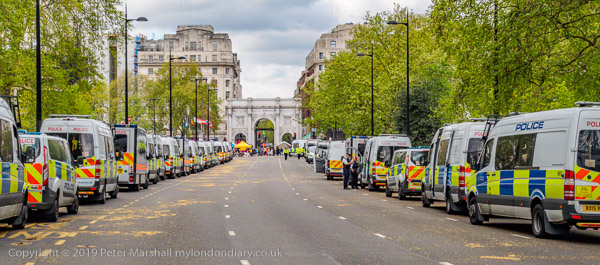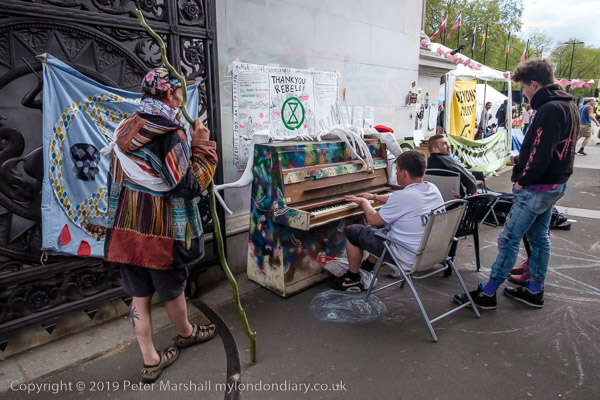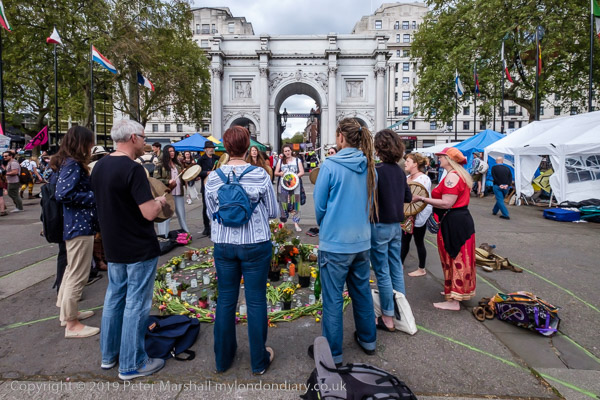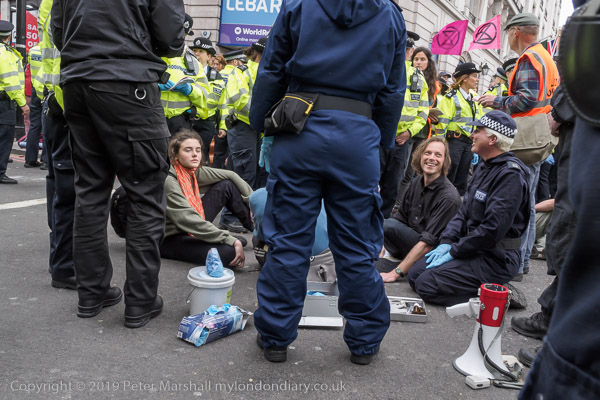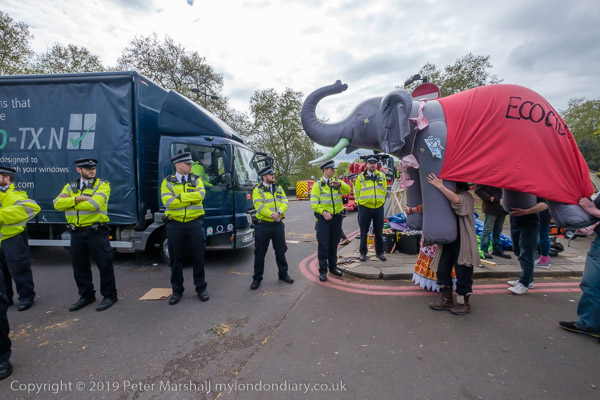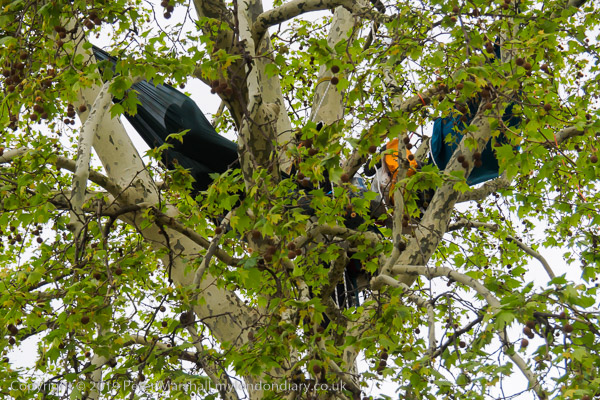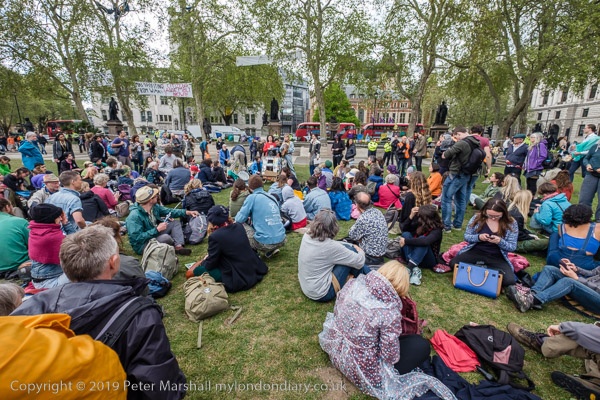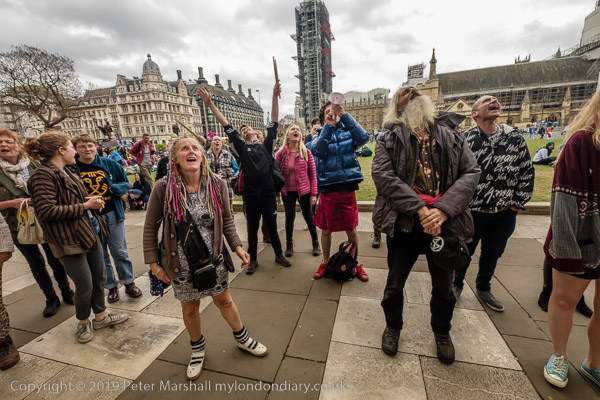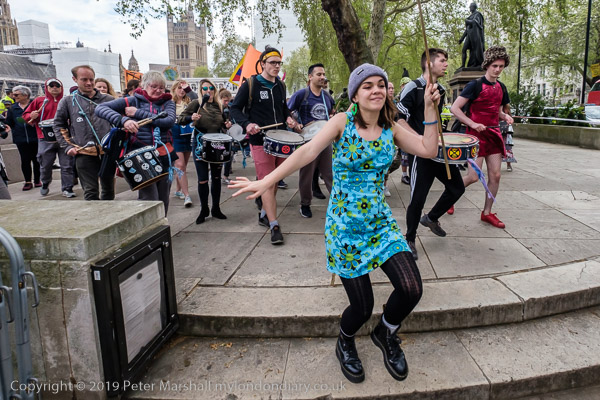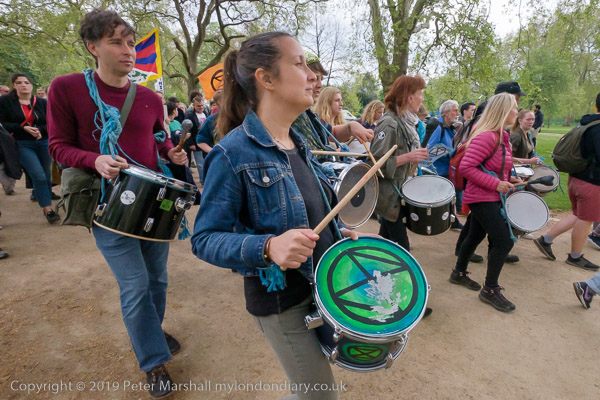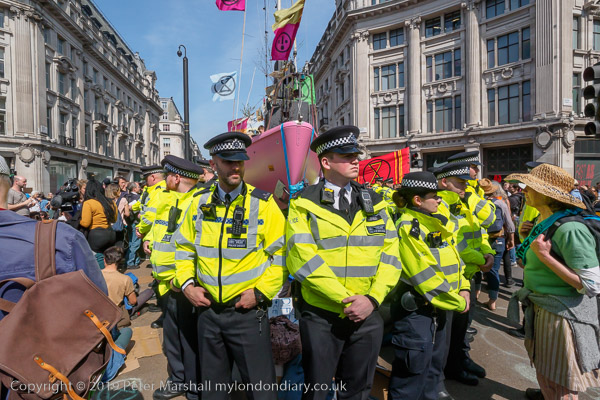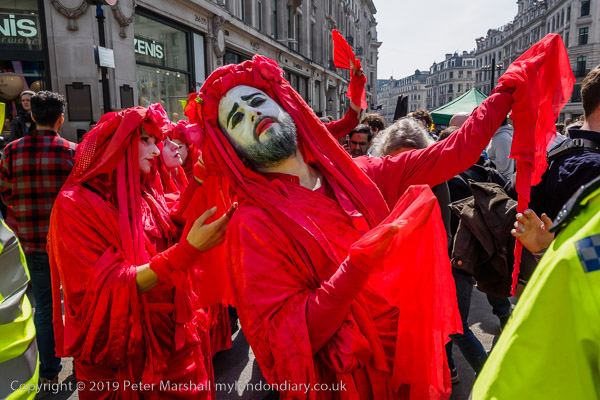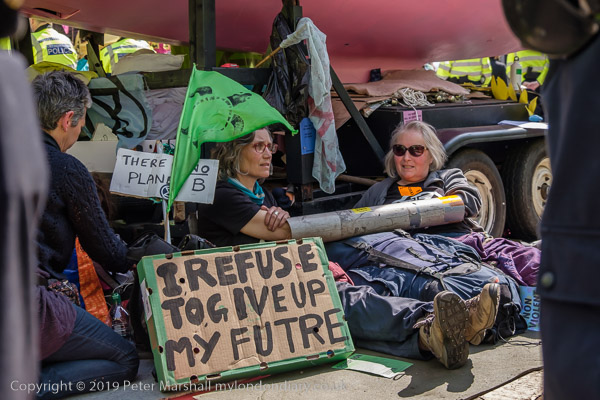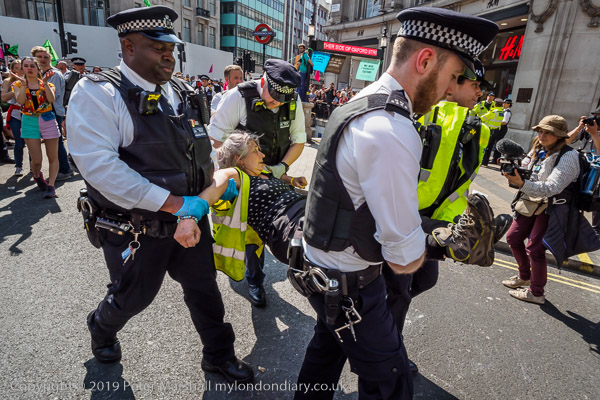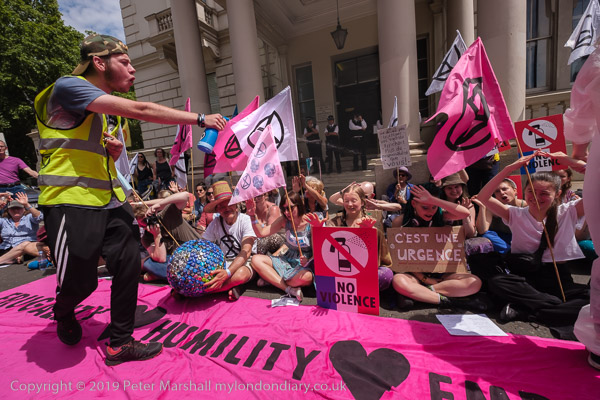
Unlike many of my colleagues I’ve seldom photographed protests in France, although it’s a relatively short journey to Paris from London on Eurostar. There are several reasons why I’ve not done so, and expense is one of them, as I would be unlikely to cover the fare from the meagre fees that I normally get for use of images, so as a freelance it would make little sense to go. But even where I to be offered a commission I would almost certainly turn it down.
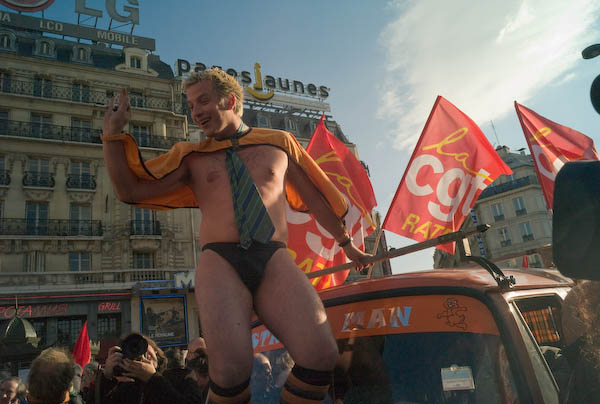
I have on a few occasions when I’ve been in Paris attended protests and photographed them, but I’ve never been happy doing so and have usually found good reason to leave after a short time. All those other photographers dressed in helmets and full battle gear are a little off-putting when your only head protection is a woolly hat.
I decided long ago that I wasn’t going to wear a helmet, or shin pads or kevlar vests or any of the other gear that some photographers sensibly wear to protect themselves from protesters, projectiles and police, and instead to simply keep clear as best I can of situations where these are de rigueur – which more or less rules out covering most French protests. Just occasionally I’ve had to retreat a little from the front line at some London protests too, but fortunately things seldom get so heated.
There have been times when I’ve had to dodge bricks and stones and other projectiles from protesters but most actual violence I’ve suffered has been by police who have knocked me flying, thrown me to the ground, pushed and punched me. But our police are easy-going compared to “les keufs”, who on one notable occasion in 1961 killed a couple of hundred (the exact number is not know) of Algerian protesters, beating many of them before throwing them into the Seine.
Today’s protest in front of the French Embassy was over an incident the previous weekend at a bridge over that same river in Paris. Extinction Rebellion protesters who had sat down in the roadway on the Pont de Sully were pepper-sprayed in their faces at close range causing burns; they pulled the sunglasses from one protester to spray directly into the eyes. Others were injured by being dragged forcefully across the road.
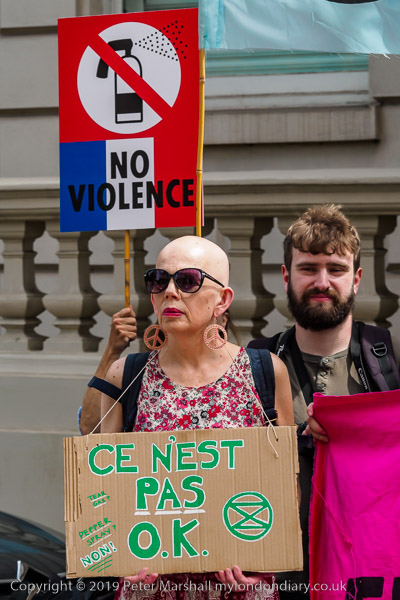
An eye-witness spoke at the protest describing what he had seen and heard, though most of those taking part had already seen and been incensed by videos of the attack posted on social media. They protesters then learnt several of the French chants and songs that the XR protesters had been singing on the Pont de Sully.
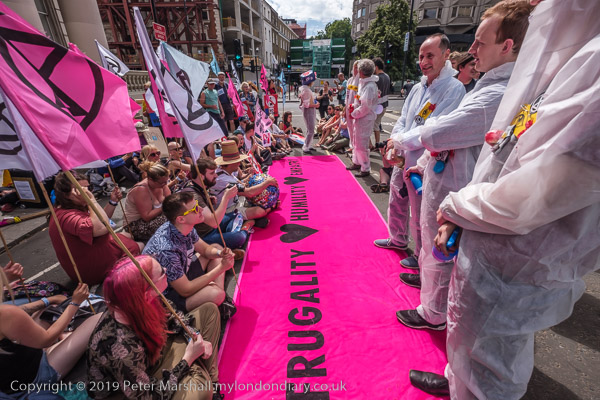
Finally there was a theatrical re-enactment of the incident, with protesters sitting on the roadway being sprayed with water by white-coated ‘police’. It was rather chaotic and difficult to photograph and it proved very tricky to actually capture water being sprayed
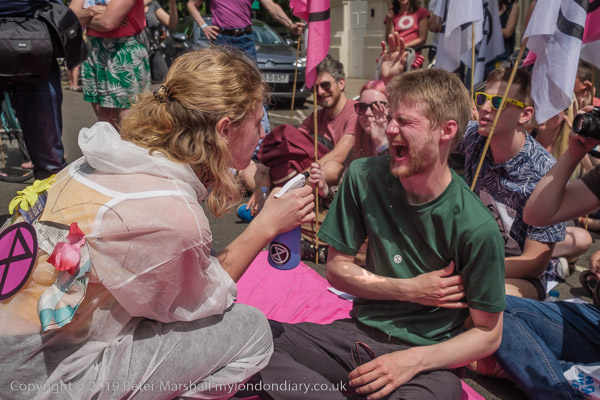
More pictures at Protest French police attack on XR.
All photographs on this and my other sites, unless otherwise stated, are taken by and copyright of Peter Marshall, and are available for reproduction or can be bought as prints.
There are no adverts on this site and it receives no sponsorship, and I like to keep it that way. But it does take a considerable amount of my time and thought, and if you enjoy reading it, please share on social media.
And small donations via Paypal – perhaps the cost of a beer – would be appreciated.

